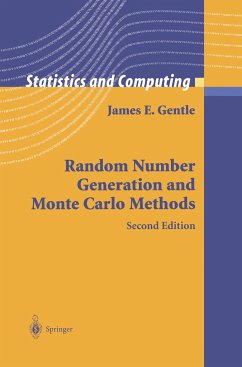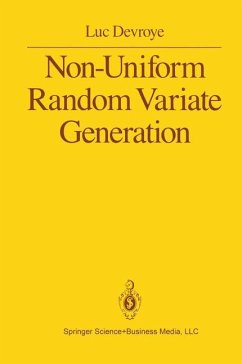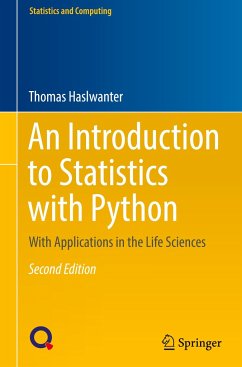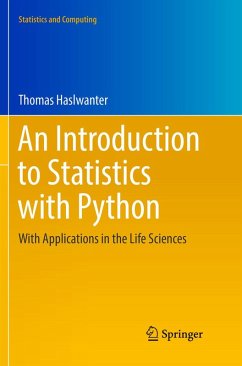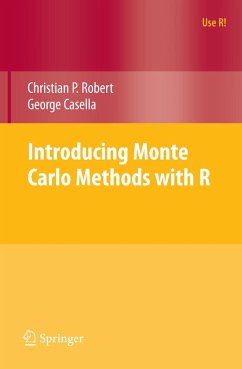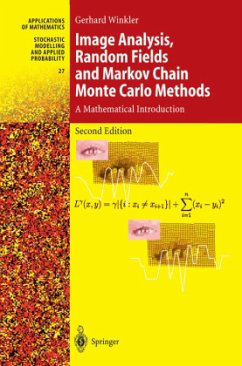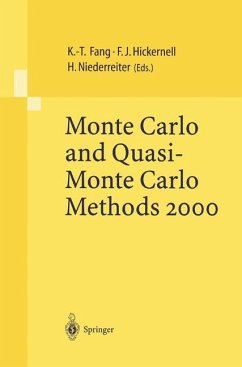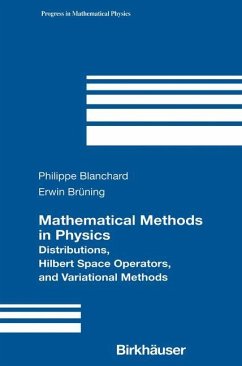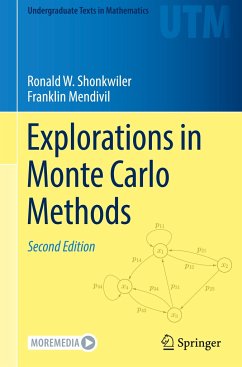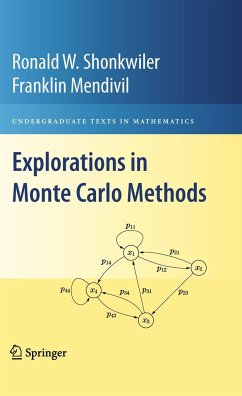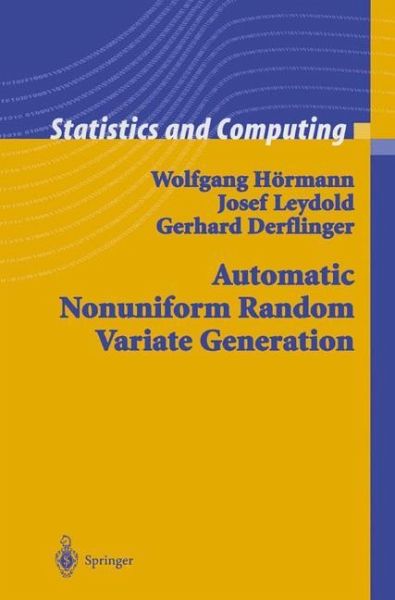
Automatic Nonuniform Random Variate Generation

PAYBACK Punkte
39 °P sammeln!
Non-uniform random variate generation is an established research area in the intersection of mathematics, statistics and computer science. Although random variate generation with popular standard distributions have become part of every course on discrete event simulation and on Monte Carlo methods, the recent concept of universal (also called automatic or black-box) random variate generation can only be found dispersed in literature. This new concept has great practical advantages that are little known to most simulation practitioners. Being unique in its overall organization the book covers n...
Non-uniform random variate generation is an established research area in the intersection of mathematics, statistics and computer science. Although random variate generation with popular standard distributions have become part of every course on discrete event simulation and on Monte Carlo methods, the recent concept of universal (also called automatic or black-box) random variate generation can only be found dispersed in literature. This new concept has great practical advantages that are little known to most simulation practitioners. Being unique in its overall organization the book covers not only the mathematical and statistical theory, but also deals with the implementation of such methods. All algorithms introduced in the book are designed for practical use in simulation and have been coded and made available by the authors. Examples of possible applications of the presented algorithms (including option pricing, VaR and Bayesian statistics) are presented at the end of the book.





